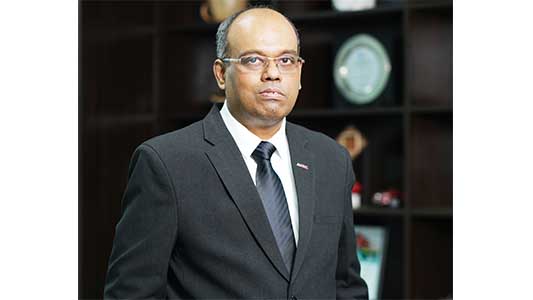The transition to electric mobility is no longer a vision for the future—it is happening now. With India’s ambitious target of achieving 30% electric vehicle (EV) penetration by 2030, the role of advanced battery technologies in driving this transformation is paramount. Hybrid electric vehicles (HEVs) are also gaining traction as a crucial bridge between conventional fuel-based mobility and full electrification. However, while these advancements promise a cleaner and more sustainable future, the reality of EV and HEV battery production, localization, and workforce readiness remains a complex challenge.
Current Market Landscape and Projections
India’s EV battery market is experiencing significant growth. In 2024, the market was valued at USD 8.49 billion and is projected to expand at a compound annual growth rate (CAGR) of 40.7% from 2025 to 2030.
This surge is driven by government initiatives, increased consumer awareness of environmental issues, and advancements in battery technology.
The demand for EV lithium batteries in India is expected to rise from 4 gigawatt-hours (GWh) in 2023 to nearly 139 GWh by 2035, with a significant portion of this demand stemming from the light vehicle segment.
Battery Chemistry: The Shift Towards Localization
Lithium-ion (Li-ion) batteries remain the dominant technology, but India faces significant supply chain risks, given that 80% of the global lithium refining capacity is controlled by China. Recognizing this, the Indian government has committed INR 18,100 crore ($2.3 billion) under the Production Linked Incentive (PLI) scheme to establish local battery manufacturing.
The industry is also witnessing a shift towards Lithium Iron Phosphate (LFP) batteries, which now hold an 86% market share in India due to their lower cost and enhanced safety. Companies such as Ola Electric and Tata AutoComp are heavily investing in LFP technology, aligning with India’s strategy to reduce dependency on imported cobalt and nickel.
Sodium-ion batteries are another promising alternative, with Indian startups like Faradion and Reliance New Energy investing in R&D to develop cost-effective, locally produced solutions. Sodium-ion batteries offer a 20-30% cost reduction compared to Li-ion counterparts and can be manufactured using readily available materials.
Challenges Hindering Mass Adoption
Despite strong growth, multiple roadblocks must be addressed:
- Raw Material Dependence: India imports nearly 90% of its lithium, cobalt, and nickel requirements. While mining efforts in Karnataka and Jammu & Kashmir have identified lithium reserves, commercial extraction remains years away.
- Battery Recycling: By 2030, over 128,000 metric tons of Li-ion battery waste will be generated annually. Efficient recycling solutions are needed to recover valuable materials and reduce environmental impact.
- Charging Infrastructure: India currently has only 9,000 public EV charging stations, which is insufficient given the rapid growth in EV adoption. Expanding charging networks is critical to ensuring consumer confidence.
- Workforce and Skill Gaps: The battery manufacturing sector requires highly specialized skills in chemistry, battery management systems, thermal management, and safety protocols. Unfortunately, India faces a shortage of trained professionals in these domains.
The Role of ASDC in Bridging the Skills Gap
The Automotive Skills Development Council (ASDC) is spearheading initiatives to ensure India’s workforce is prepared for the battery revolution.
- Battery Technology Training Programs: ASDC has launched specialized courses focusing on EV battery assembly, diagnostics, and recycling. Over 5000 technicians have already been trained, with a target of 200,000 by 2027.
- Industry Partnerships: Collaborations with Tata Motors, Mahindra Electric, and MG Motor have enabled hands-on skill development programs in battery management and EV maintenance.
- Curriculum Alignment with Global Standards: ASDC is aligning its certification programs with international benchmarks to ensure Indian technicians are globally competitive.
- Focus on Sustainability: Training modules now incorporate battery recycling and second-life applications, equipping professionals to handle end-of-life battery solutions efficiently.
Conclusion
The future of mobility in India is undeniably electric, but the pace of adoption will depend on how quickly the country can localize battery production, secure raw materials, and develop a highly skilled workforce. ASDC remains committed to ensuring that India is not just a consumer of advanced battery technology but also a leader in its innovation and production. Our mission is clear—equip India’s automotive workforce with the expertise required to drive the nation’s transition to sustainable mobility.
By addressing skill gaps and fostering industry-academia collaboration, we are laying the foundation for an electrified, self-reliant future—one where India leads the charge in clean and efficient transportation.












